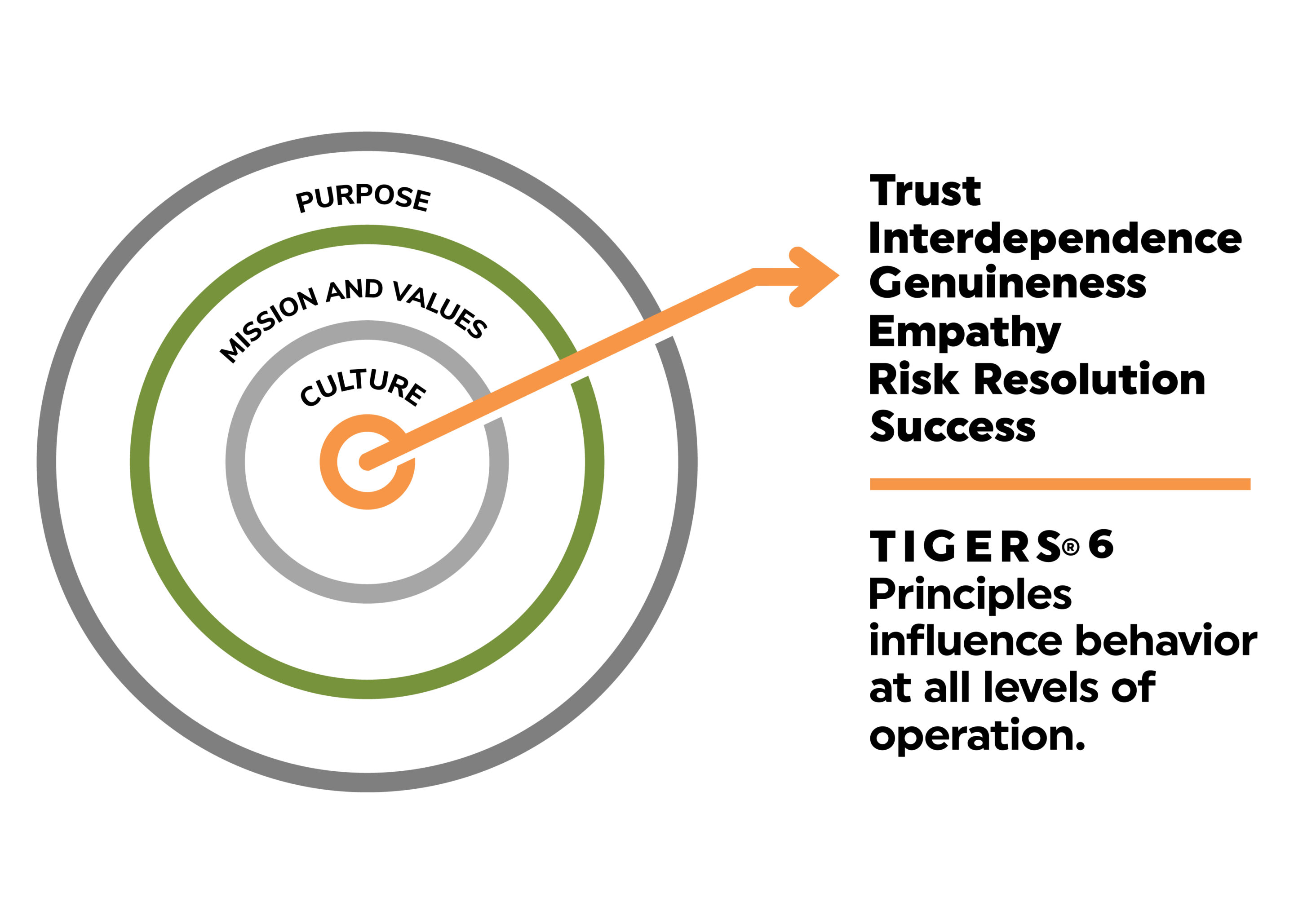
Versatility and a collaborative work environment impact strategy and execution in key ways. This is what one organization discovered.
In the bustling world of startup tech companies, one company stood out with its innovative approach and ambitious goals. However, despite their executive’s clear vision and strategic plans, a significant gap between strategy and execution began to surface. This disconnect was becoming all too common in the industry, leading to missed deadlines and unmet investor expectations. Recognizing that versatility and a collaborative work environment were crucial to their success, the leadership team embarked on a journey to realign their execution strategies with their high-flying aspirations.
To foster a more collaborative work environment, they dismantled traditional hierarchical structures, replacing them with cross-functional teams empowered to make decisions and take ownership of their projects. This shift not only boosted morale but also improved communication and reduced bottlenecks in decision-making.
As the executives began to see the fruits of their labor, their projects started hitting milestones with increased regularity and efficiency. The new versitive and collaborative culture led to a surge in innovation, with team members freely sharing ideas and solutions. This newfound synergy closed the gap. So how did they accomplish it?
Versatility and collaborative work environment tips used to close the gap between strategy and execution
In today’s fast-paced business climate, bridging the gap between strategy and execution presents significant challenges. This is particularly true as organizations face the need for scalability amidst ongoing changes. Successful strategic initiatives hinge critically on the leadership team’s ability to communicate clearly, innovate without barriers, and seamlessly prepare for organizational growth. From the perspective of the TIGERS 6 Principles—trust, interdependence, genuineness, empathy, risk, and success—here’s how you can enhance versatility and foster a collaborative work environment while avoiding common pitfalls in strategy execution.
-
Tackling Poor Orientation for enhanced versatility
Orientation within the team is crucial for moving strategic initiatives forward. This means ensuring that top-level executives to individual contributors understand the strategy. They also recognize how their roles contribute to broader objectives. Lack of orientation often leads to daily procedural confusion, conflicts, and inefficiencies among project teams.
Remedy:
- Establish a Clear Strategy: Define your strategic objectives with measurable outcomes. Develop a compelling operational blueprint that vividly outlines these strategies. Use a project tracking system that keeps everyone on the execution team informed and up to date on progress.
- Enhance Collaborative Work Environment Communication: Disseminate the strategic blueprint across all levels of the organization, ensuring that each team and stakeholder understands their role in this larger picture. This often includes adding the initiatives and success for them to Senior Executive’s annual goals.
- Foster Interdependence: By aligning team goals and fostering a sense of shared purpose, every member recognizes how their efforts directly support the collective objectives, enhancing the collaborative work environment. It starts by Mastering the TIGERS 6 Principles for creating bottom-up group behavior and process norms that everyone is accountable for.
-
Boosting Organizational Responsiveness for Versatility and a Collaborative Work Environment
In a landscape characterized by rapid evolution, responsiveness is indispensable. Rigid processes that fail to adapt to new demands result in innovation blockages. These barriers reduce the team’s ability to collaborate and adjust swiftly.
Remedy:
- Evaluate and Refine Processes: Continuously assess the flexibility of your current processes, workflows, and technologies. Adjust them to bolster organizational responsiveness.
- Establish an Information Hub: Create a central point of reference for teams and leaders to track progress and quickly identify potential delays or disruptions. This aligns with using a good tracking system. Often they are one in the same.
- Empower Teams: Encourage teams to devise their solutions, enabling quicker and more effective project delivery, thereby nurturing a genuinely collaborative work environment. It starts with the TIGERS Team Wheel™ exercise recognized by Inc Magazine’s Entrepreneur of the Year Awards that helps team develop both group process and behavior norms that shorten the time new teams spend in conflict and confusion.
-
Systemizing for Scalability
While responsiveness fosters innovation, the balance with standardization is what sustains business benefits over time. Without considering long-term growth, even the best innovations and frameworks can stall scalability.
Remedy:
- Standardizing Creativity: Capture innovative ideas and systemize them for broad adoption, ensuring they align with long-term business objectives.
- Framework Adaptation: Regularly refine your frameworks to adapt to evolving business requirements, fostering a culture of perpetual growth and flexibility.
- Technological Optimization: Employ advanced technology to streamline and enhance processes, increasing resource availability and operational efficacy. By integrating these strategies, grounded in the TIGERS 6 Principles, your organization can avoid common pitfalls and drive successful execution of strategic initiatives. This approach not only improves operational effectiveness but also enhances the collaborative dynamics necessary for sustained success.
Embrace these principles to build a resilient, responsive, and cooperative organization. For more insights on applying the TIGERS 6 Principles to your strategic initiatives, visit the TIGERS 6 Principles platform to learn more about each of the TIGERS 6 Principles and how they can impact a versatile and collaborative work environment.
Care to dig deeper into versatility and collaborative work environments?
- Book: Collaborative Work Environments
- Training: TIGERS Leadership Academy
- Video: TIGERS 6 Principles Platform
- Mastering the TIGERS 6 Principles
Copyright TIGERS Success Series, Inc. by Dianne Crampton
 About the TIGERS 6 Principles™
About the TIGERS 6 Principles™
The TIGERS 6 Principles empower Executives and Consultants with a comprehensive and versatile collaborative work environment and leadership system to resolve avoidable talent, engagement and work community problems that stunt growth and scalability.
A researched and validated collaborative work culture and facilitative leadership model, licensing is available for HR Executives, Operations and Project Managers, Consultants and Coaches to improve their operations and client success.
Enroll in this complimentary webinar to learn more about the TIGERS 6 Principles.